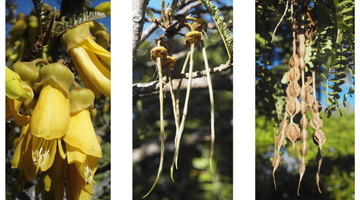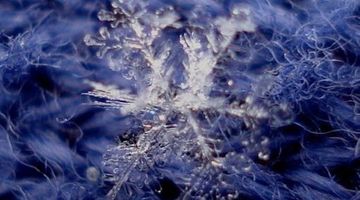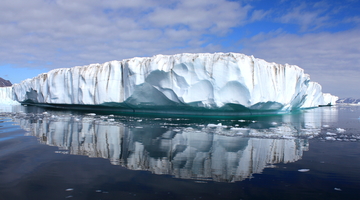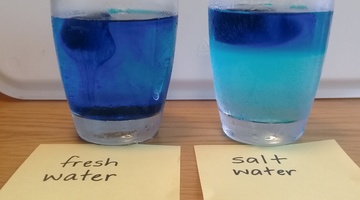Click to add note
Click to add note
Click to add note
Click to add note
Click to add note
Click to add note
Click to add note
Click to add note
Click to add note
Click to add note
Click to add note
Click to add note
Click to add note
Click to add note
Click to add note
Click to add note
Click to add note
Click to add note
Click to add note
















